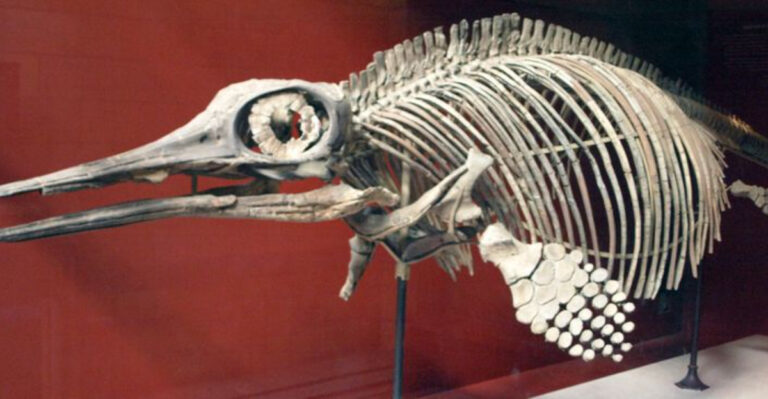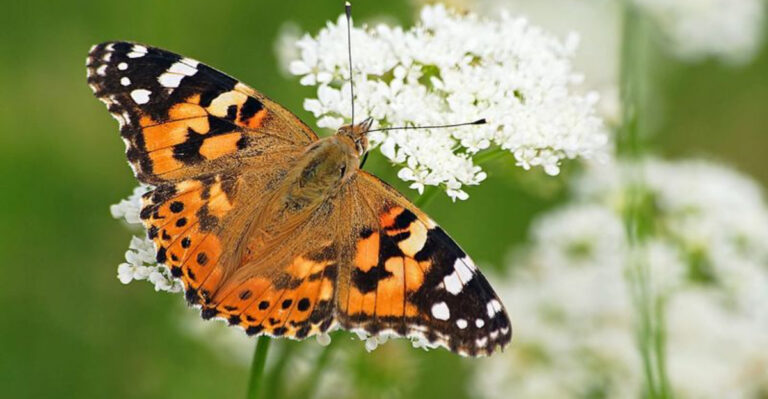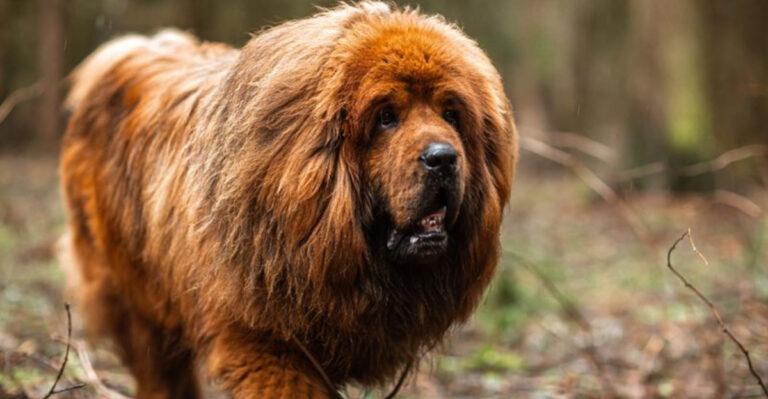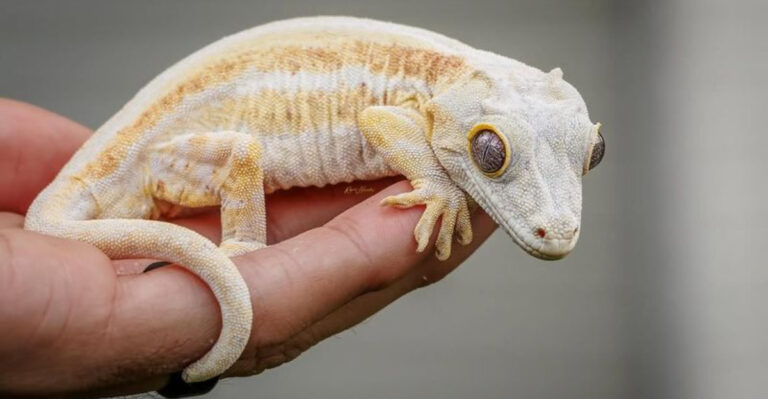14 Dog Breeds That May Struggle Living With Other Pets
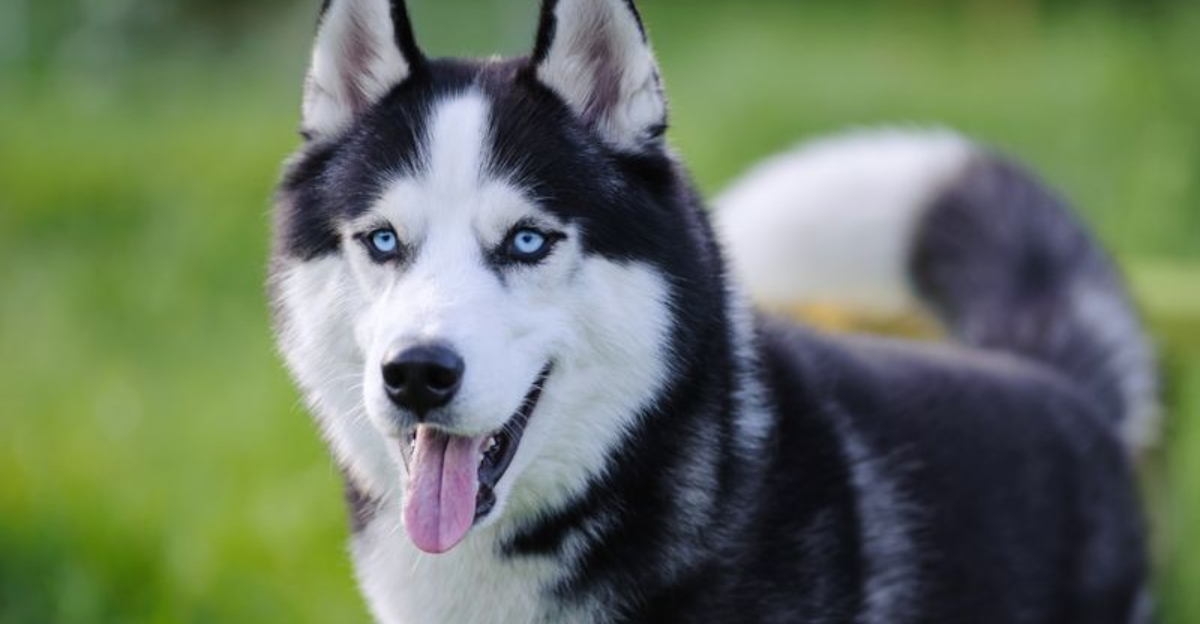
Not every dog enjoys sharing their home with other furry friends. While many pups thrive in multi-pet households, certain breeds have instincts or temperaments that make cohabitation challenging.
Understanding these breed-specific traits can help you make informed decisions about bringing home a new four-legged family member and prevent potential conflicts in your pet paradise.
1. Jack Russell Terriers: High-Energy Hunters
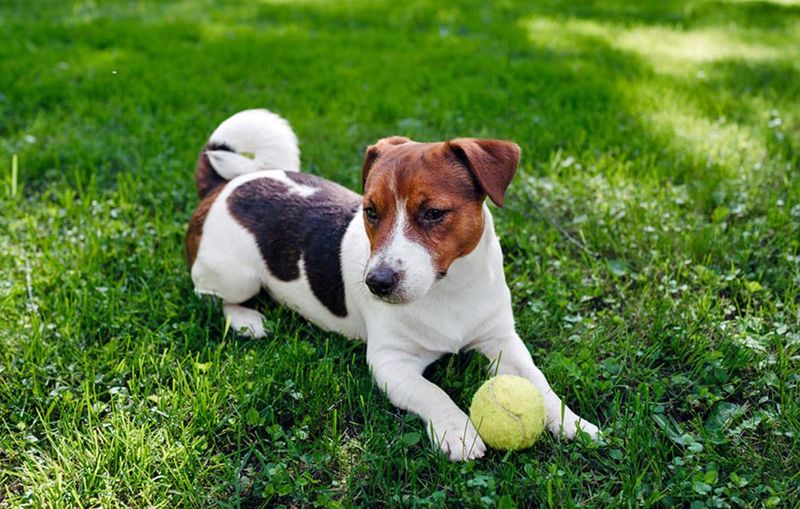
Born with an intense prey drive, Jack Russells were specifically bred to hunt foxes and small game. Their natural instinct to chase makes them challenging roommates for smaller pets like hamsters, birds, or even cats. Training helps, but their hardwired hunting tendencies often surface unexpectedly.
Many Jack Russell owners find success with supervised interactions and proper introduction techniques, though vigilance remains essential.
2. Weimaraners: Velcro Dogs With Hunting Prowess
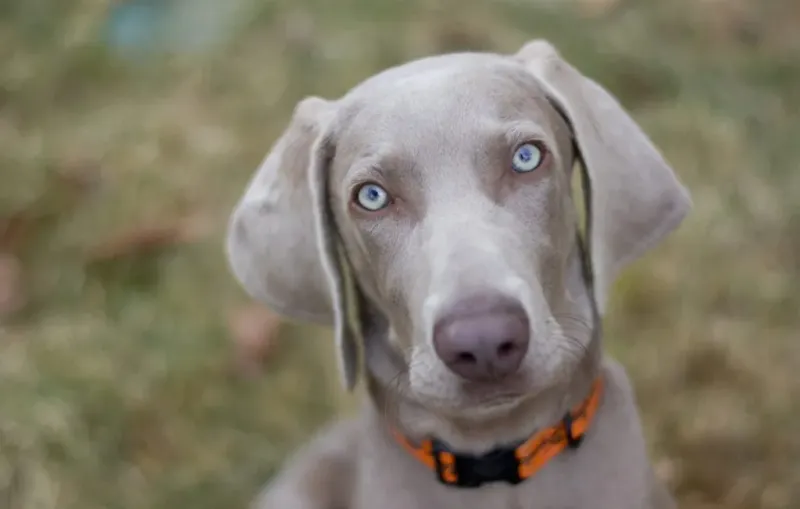
Affectionately nicknamed “gray ghosts,” Weimaraners form intense bonds with their humans but struggle sharing that attention. Originally bred as hunting companions, they possess a formidable prey drive that makes smaller pets potential targets.
Their separation anxiety compounds the issue, often leading to jealousy when owners interact with other animals. Early socialization helps, but their hunting instincts remain deeply ingrained, requiring careful management in multi-pet households.
3. Australian Cattle Dogs: Hardwired Herders
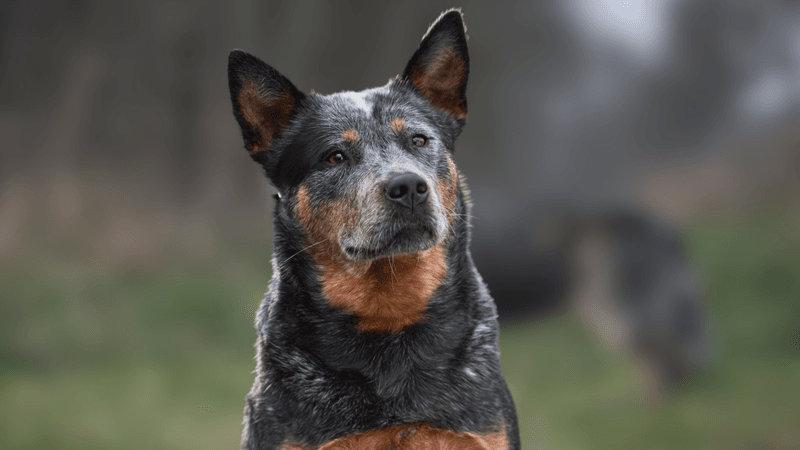
Developed to manage stubborn cattle across vast Australian ranches, these dogs have herding behaviors deeply encoded in their DNA. Without proper outlets, they’ll redirect these instincts toward household pets, nipping at heels and attempting to control movements.
Their intelligence makes training possible, but their natural tendencies remain strong. Many cats find their persistent herding behavior particularly stressful, often leading to household tension and territorial disputes.
4. Greyhounds: Sprinters With Sight-Hunting Instincts
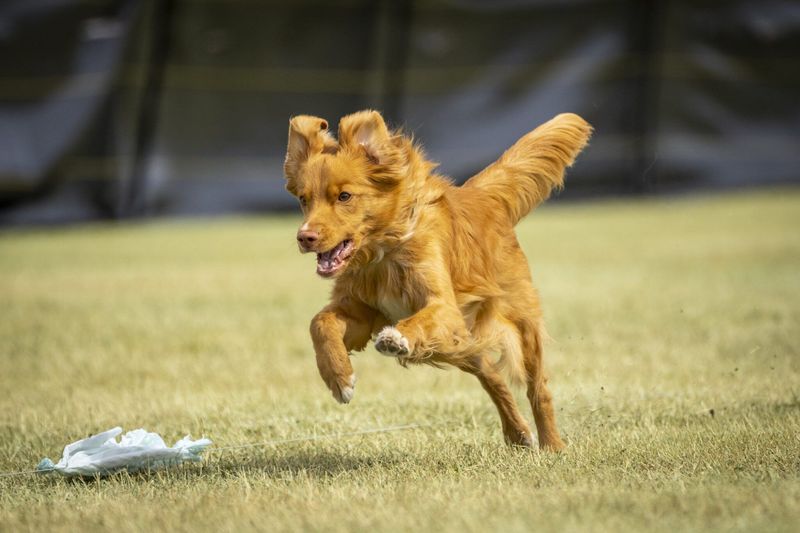
Despite their gentle, couch-potato reputation at home, Greyhounds possess lightning-fast reflexes triggered by movement. Their entire breeding history revolves around chasing small, fast-moving targets, making smaller pets potential prey in their eyes.
While many retired racing Greyhounds successfully live with cats, their instinct to chase remains unpredictable. Some Greyhound rescue organizations specifically test for “cat-friendliness” before placement, recognizing this inherent compatibility challenge.
5. Akitas: Dignified Guardians With Strong Opinions
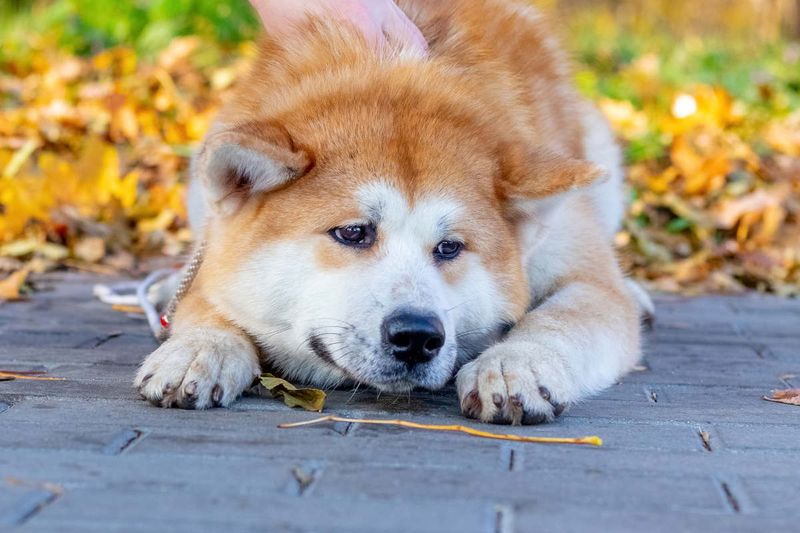
Historically bred as imperial guards in Japan, Akitas approach life with serious dedication to protecting their territory. Their natural dominance and same-sex aggression often create tension with other dogs, particularly those of the same gender.
Fiercely loyal to their human family, they frequently view other animals as outsiders. Proper socialization helps, but their strong-willed nature and territorial instincts make multi-pet households challenging without consistent, experienced handling.
6. Shiba Inus: Independent Spirits With Primitive Instincts
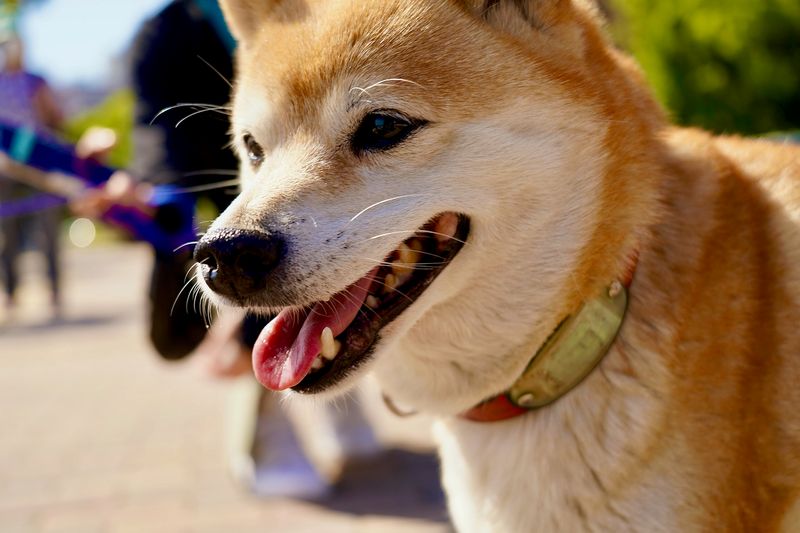
Behind those fox-like smiles and cute exterior lies one of the most primitive dog breeds still in existence. Shibas maintain strong hunting instincts, territorial behavior, and a fiercely independent nature that resists sharing space.
Their cat-like personality might seem compatible with felines, but their resource guarding and prey drive often suggest otherwise. Many Shiba owners report their dogs simply tolerate other pets rather than forming genuine bonds.
7. Chow Chows: Aloof Aristocrats Who Prefer Solitude
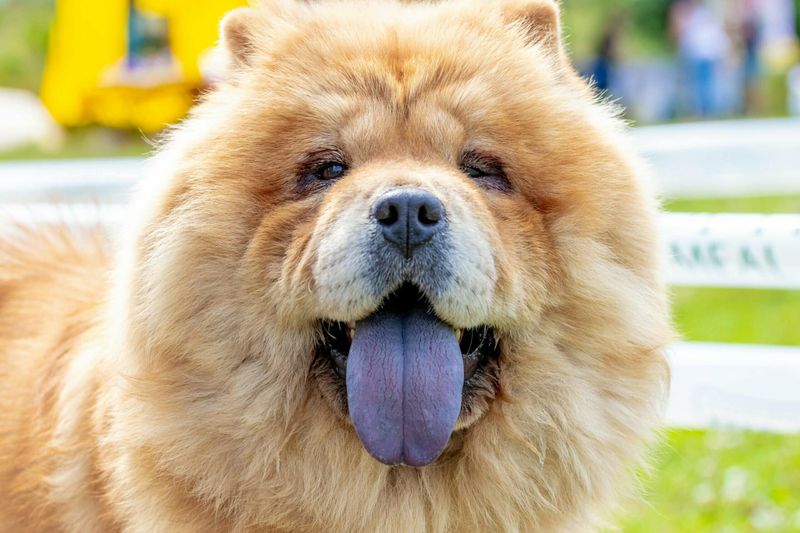
Resembling fluffy lions with their distinctive blue-black tongues, Chow Chows approach life with dignified reserve. Their ancient Chinese heritage as all-purpose working dogs instilled strong territorial instincts and a preference for personal space.
Unlike many breeds that crave canine companionship, Chows typically prefer being the only pet. Their natural aloofness extends to other animals, and their strong guarding instincts can trigger aggression when they feel their territory is threatened.
8. Rhodesian Ridgebacks: Lion Hunters With Independent Minds
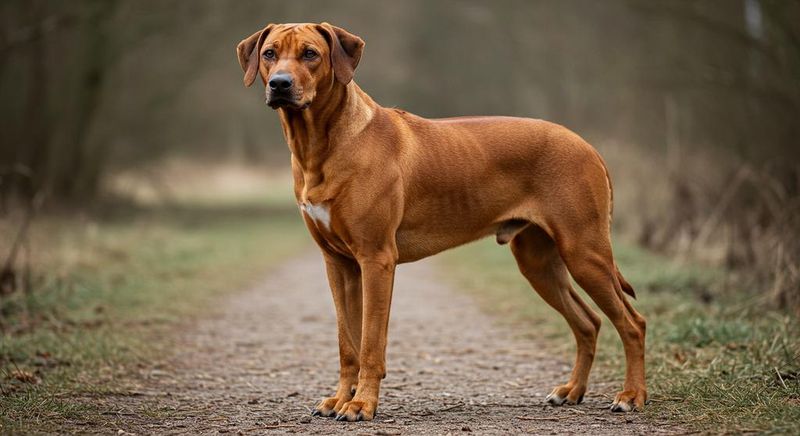
Originally bred to track and corner lions in Africa, Ridgebacks possess formidable courage and hunting prowess beneath their elegant exterior. Their high prey drive makes them questionable companions for smaller pets, especially those that move quickly or make high-pitched sounds.
Strong-willed and physically powerful, they require experienced handling in multi-pet homes. Many Ridgeback owners find success through careful introductions and establishing clear household hierarchies, though vigilance remains necessary.
9. Miniature Pinschers: Small Dogs With Giant Personalities
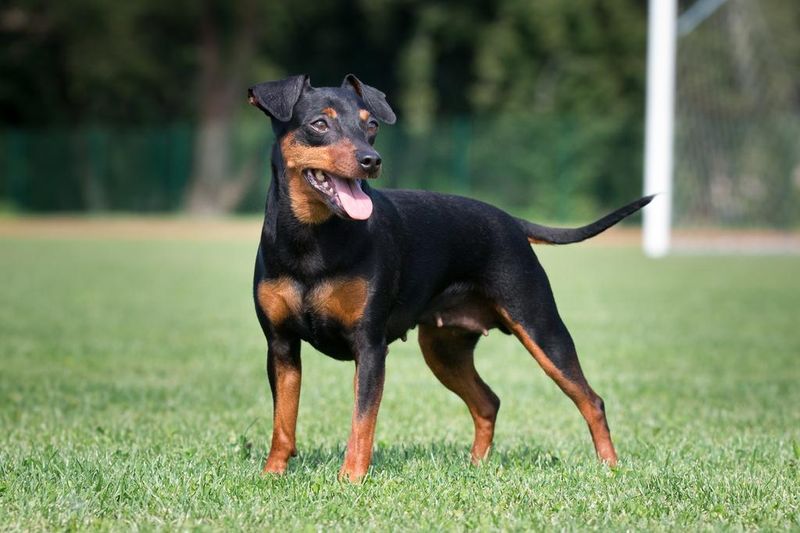
Don’t let their diminutive size fool you – Min Pins consider themselves mighty hunters and fearless guardians. Nicknamed “King of Toys,” these spirited little dogs often challenge much larger animals, unaware of their physical limitations.
Their tenacious personality and territorial nature frequently create tension with other pets. Unlike some small breeds that compensate for size with friendliness, Min Pins stand their ground, making multi-pet dynamics particularly challenging despite their toy classification.
10. Malinois: Working Dogs With Laser Focus
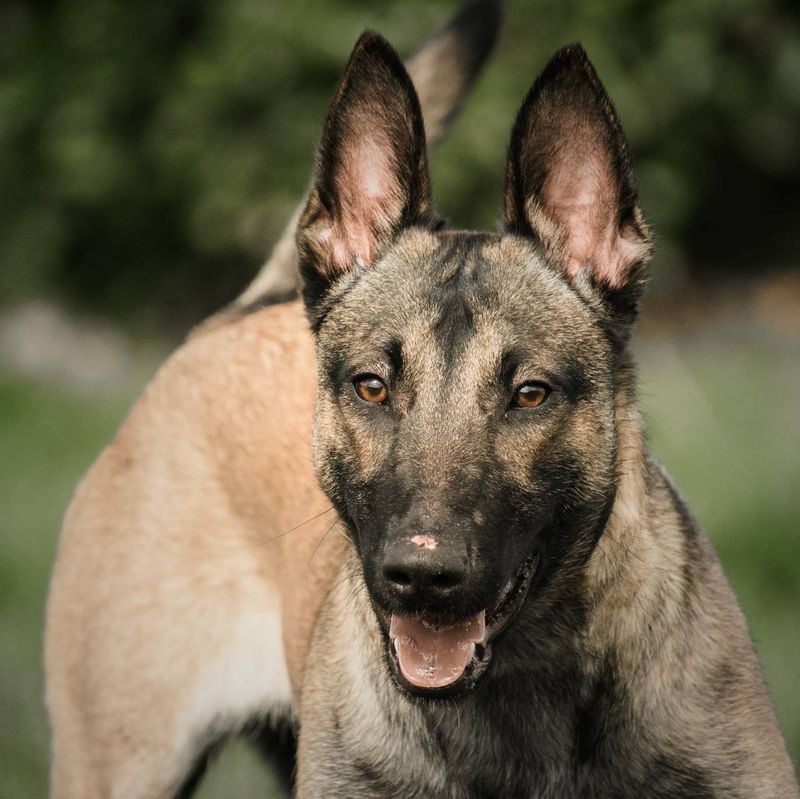
Military and police forces worldwide favor the Belgian Malinois for their incredible work ethic and intensity. This same focus that makes them exceptional service dogs creates challenges in relaxed pet environments, as they struggle to “turn off” their working drive.
Without proper outlets, their herding instincts and prey drive redirect toward household pets. Their intelligence allows for training, but their need for constant mental stimulation and physical activity makes them overwhelming housemates for most other animals.
11. Pit Bull Terriers: Misunderstood Athletes With Terrier Roots

Combining terrier tenacity with bulldog strength, pit bull breeds often struggle with dog-to-dog aggression despite their typically loving nature toward humans. Their terrier heritage includes selective breeding for dog fighting, creating genetic predispositions that require responsible management.
Many pit bulls live harmoniously with other pets, especially when raised together from puppyhood. However, their powerful physique means extra caution is necessary, as play can escalate quickly and their determination makes redirecting difficult once aroused.
12. Beagles: Nose-Driven Pack Hunters
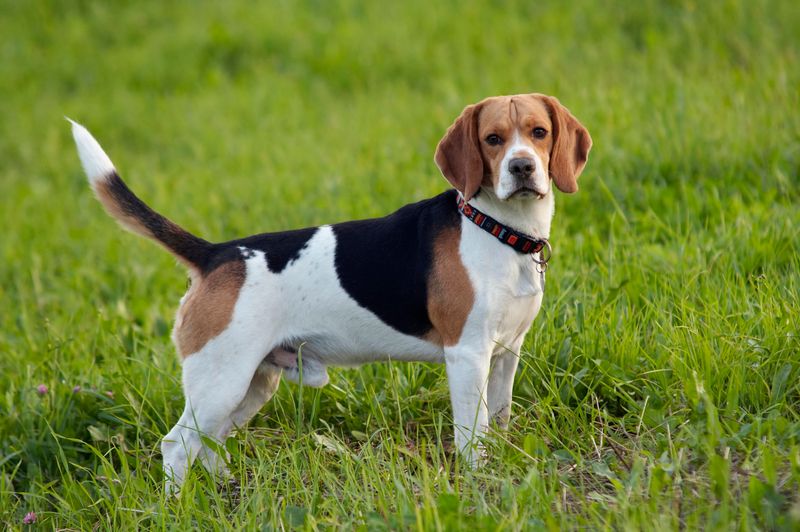
Those floppy ears and soulful eyes hide a determined hunting machine with one of the most powerful noses in the canine world. Beagles were bred to hunt in packs, following scent trails with single-minded focus, making small pets potential quarry.
While generally friendly with other dogs, their hunting drive activates strongly around rabbits, guinea pigs, and similar small animals. Many Beagle owners discover their sweet-natured companion transforms completely when catching an interesting scent trail.
13. Siberian Huskies: Pack-Minded Snow Dogs
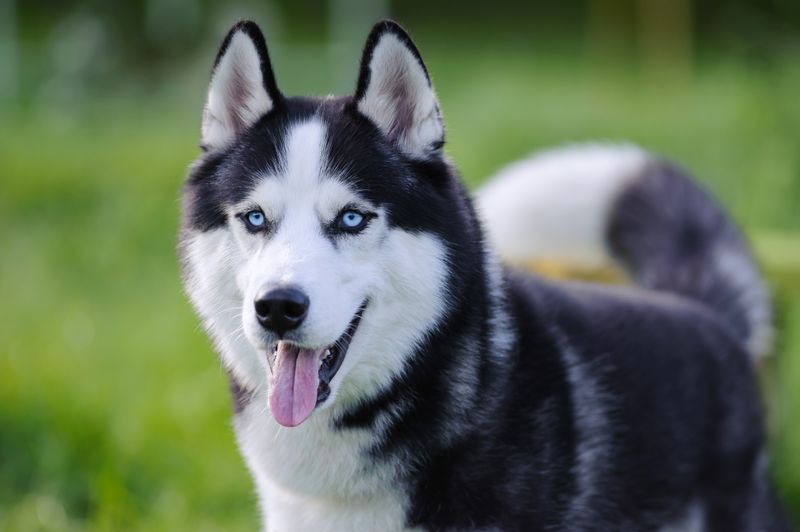
Magnificent and wolf-like, Siberian Huskies carry strong pack instincts that sometimes translate to dominance issues with other dogs. Their high prey drive makes small animals like rabbits, birds, and even cats potential targets rather than friends.
Raised from puppyhood with other pets improves compatibility, but never leave them unsupervised. Their playful roughhousing style can overwhelm smaller animals, even without aggressive intent.
14. Alaskan Malamutes: Powerful Pack Animals
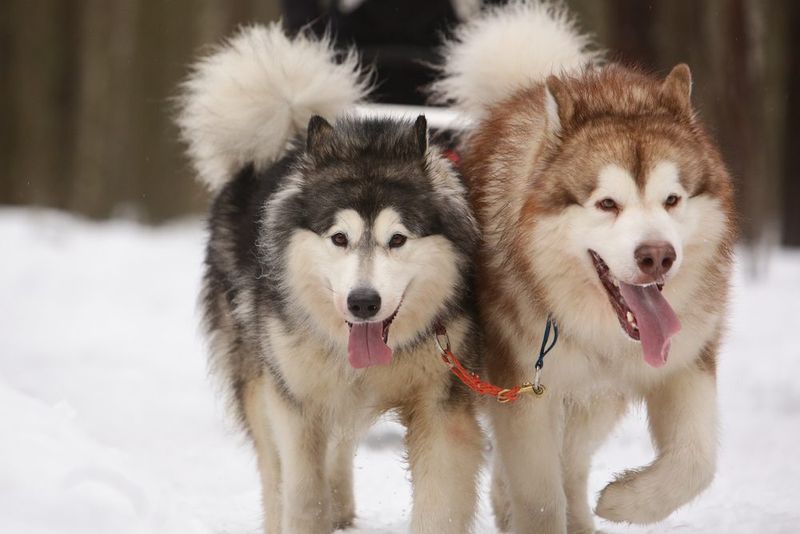
Bred for pulling heavy sleds across Arctic terrain, Malamutes possess tremendous physical strength matched with strong pack mentality. Unlike their Husky cousins who might chase smaller animals, Malamutes tend toward dominance issues with other dogs, especially of the same gender.
Their size alone creates risk for smaller pets, even during friendly play. Early socialization helps, but their natural tendency to establish and maintain pack hierarchy often creates tension in multi-dog households requiring consistent, experienced management.


